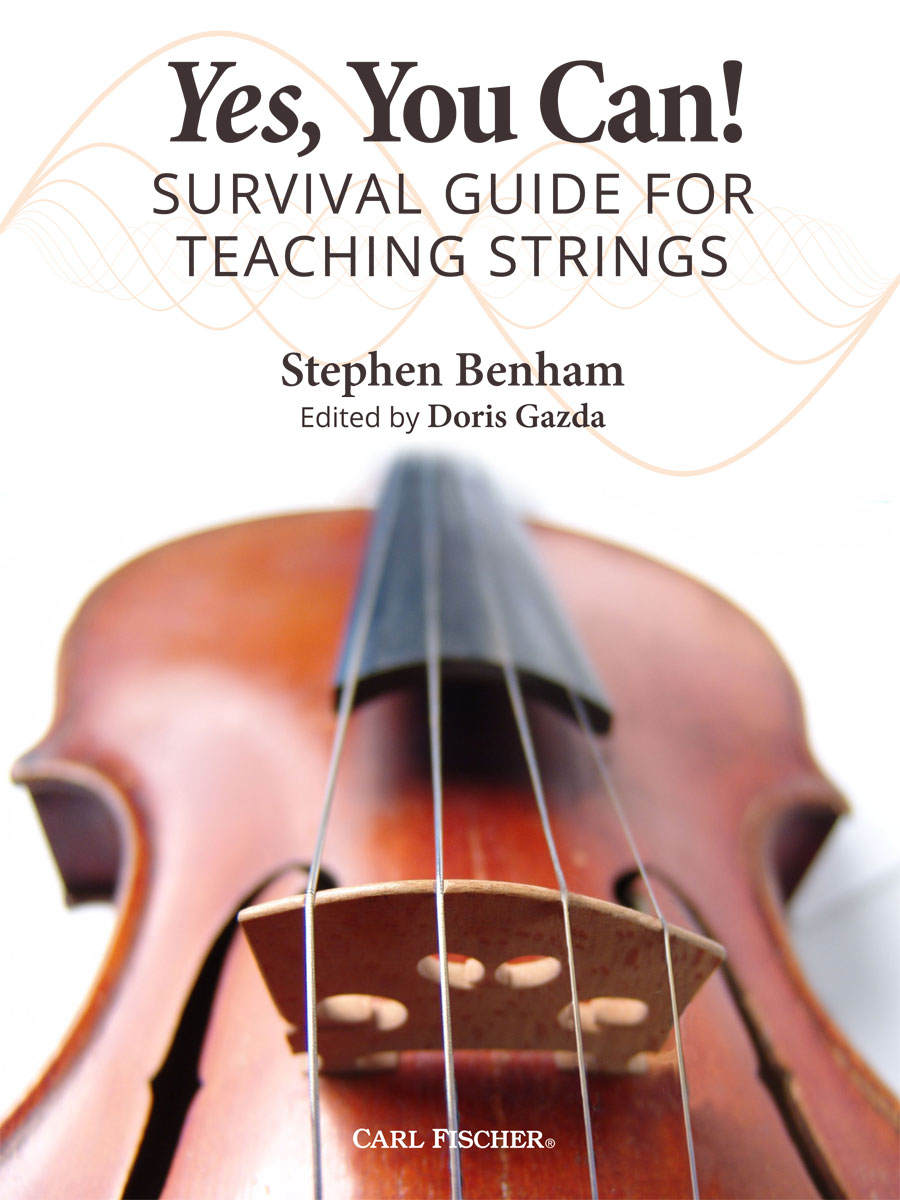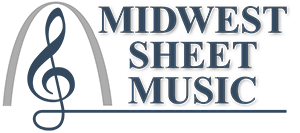Carl Fischer Music / cf / TXT13
Yes, You Can!
Survival Guide for Teaching Strings
$50.00
Doris Gazda
Scroll down for Related Items listings.
. Forword|Introduction|Chapter 1: What you already know:|Fundamentals of learning are the same|Chapter 2: What You Already Know|The Importance of Fundamentals and Technique|A short note about learning:|Basic Tone Production: Acoustics|The Harmonic Series, Notated|Chapter 3: Fundamentals of Tone Production|The Role of the Right Arm/Bowing Mechanism|Comparison of Tone Production Principles of Winds, Voice, and Strings|Bowing Lanes (aka, Bowing Channels)|Exercise for Bow Placement|The Interaction Between Weight, Angle, Speed, and Placement|Creating Sound: The initiation of the pitch, the sustaining of the pitch and the release of the pitch|Fundamentals of Tone Production: The Role of the Left Arm/Fingering Mechanism|Body/Kinesthetic Motion: You Can’t Fight Physics, Newton Said So.|Newton’s Laws of Motion|Understanding the physiology of the hand|Three Simple Bowing Exercises for Learning How to Control Weight, Angle, Speed, and Placement|Construction of the Bow and Why It Matters|French Bow vs. German Bow for Double-Bass|Articulation and bowing technique|Executing the articulation|From Articulation to Bowing Techniques|How do I know which bowing style to use?|Exercises for Bowing Styles, and Why They Must Be Practiced Separately|And, just to keep it interesting…string crossing!|Why does all of this matter?|Rhythm and Bowing|Bowing Markings|The Fourteen Basic Principles of Bow-Direction|Additional resources already at your disposal|Chapter 4: Fundamentals of Tone Production:|The Role of the Left-Arm Mechanism|The Importance of Relaxation and Balance|Understanding Fingerboard Geography|Forward or shifting extensions|Shifting|Types of Shifts|Shifting and Aural Skills|Vibrato|Performing with vibrato|Answering the question about why certain keys are better than others|A final thought on technique|Chapter 5:Developing Aural Skills|The supremacy of aural skills|Using Tonal Patterns to Enhance Aural Skills|Using Folk Songs to Enhance Aural Skills|Effective “Ear Tunes” for String Ensembles, including both simple and more complex tunes|Other resources for aural skills training|Tuning the Orchestra|Preparatory Sequence #1 (single pitch approach)|Preparatory Sequence #2 (double stop approach)|Importance of the Tuning Pyramid|Chapter 6: What you Need to Know About Conducting a Band/Choir vs. Conducting an Orchestra:|Rehearsal Planning, Score Analysis, and Building the Ensemble|The Development of Master Teacher-Conductors|Characteristics of Outstanding Teacher-Conductors|Applying Instructional Delivery to the Teacher-Conductor|Developing Effective Rehearsal Routines|What the best teachers do in the classroom and studio|Fostering Artistry and Passion in the String Ensemble|Planning to be an Effective Teacher|Rehearsal Preparation—Preparing the Score|Moving from the Analysis to the Rehearsal|Rehearsal Planning — Structuring the Rehearsal and Planning for Success|Rehearsal Techniques—Predictive Success, Preventive Maintenance|Rehearsal Techniques—Solving Musical Issues|Rehearsal Techniques—Solving Technical Issues|Special Notes on Adaptations for Middle School Ensembles|Teaching Techniques, Principles of Learning, and Instructional Delivery|Models of Effective Middle-School Level Instructional Delivery|Effective Middle School Teacher Behaviors, Rehearsal Planning and Techniques|The Use of a Chamber Music Program to Teach Ensemble Skills|Chapter 7: Organizing the String Program|When to begin instruction|How to schedule instruction|Expect that you will teach heterogeneous string groups.|Recruitment and Retention will continue to be key issues|The value of community and school mentor programs|Choosing the right method book|What do I teach at the beginning?|The String Ensemble vs. the Full Orchestra|Ensemble leadership|Orchestral Seating|Tuning the orchestra|Chapter 8: Equipment and Materials|Choosing an instrument|Choosing a bow|Instrument sizes|Essential Equipment for String Players|Developing your orchestral library|Educational Arrangements or Authentic Music?|Chapter 9: Professional Resources|Professional Associations|Other Professional Development Opportunities|Publishers of Educational Orchestral Music|Bibliography
Yes, You Can! is a practical guide for teaching the essential techniquesof orchestral string instruments. Especially useful if you are coming intoteaching strings from another discipline, such as band or choir. The guidecarefully describes techniques and compares them to knowledge youalready have so that you will feel confident in presenting these conceptsto students. If you are already a string specialist, you will find this anindispensable resource guide that presents the pedagogical techniques ofteaching string instruments in a concise, easy to understand format.
Yes, You Can! is a practical guide for teaching the essential techniques of orchestral string instruments. Especially useful if you are coming into teaching strings from another discipline, such as band or choir. The guide carefully describes techniques and compares them to knowledge you already have so that you will feel confident in presenting these concepts to students. If you are already a string specialist, you will find this an indispensable resource guide that presents the pedagogical techniques of teaching string instruments in a concise, eary to understand format.
Voicing/Instrument: - Textbook - Teacher


